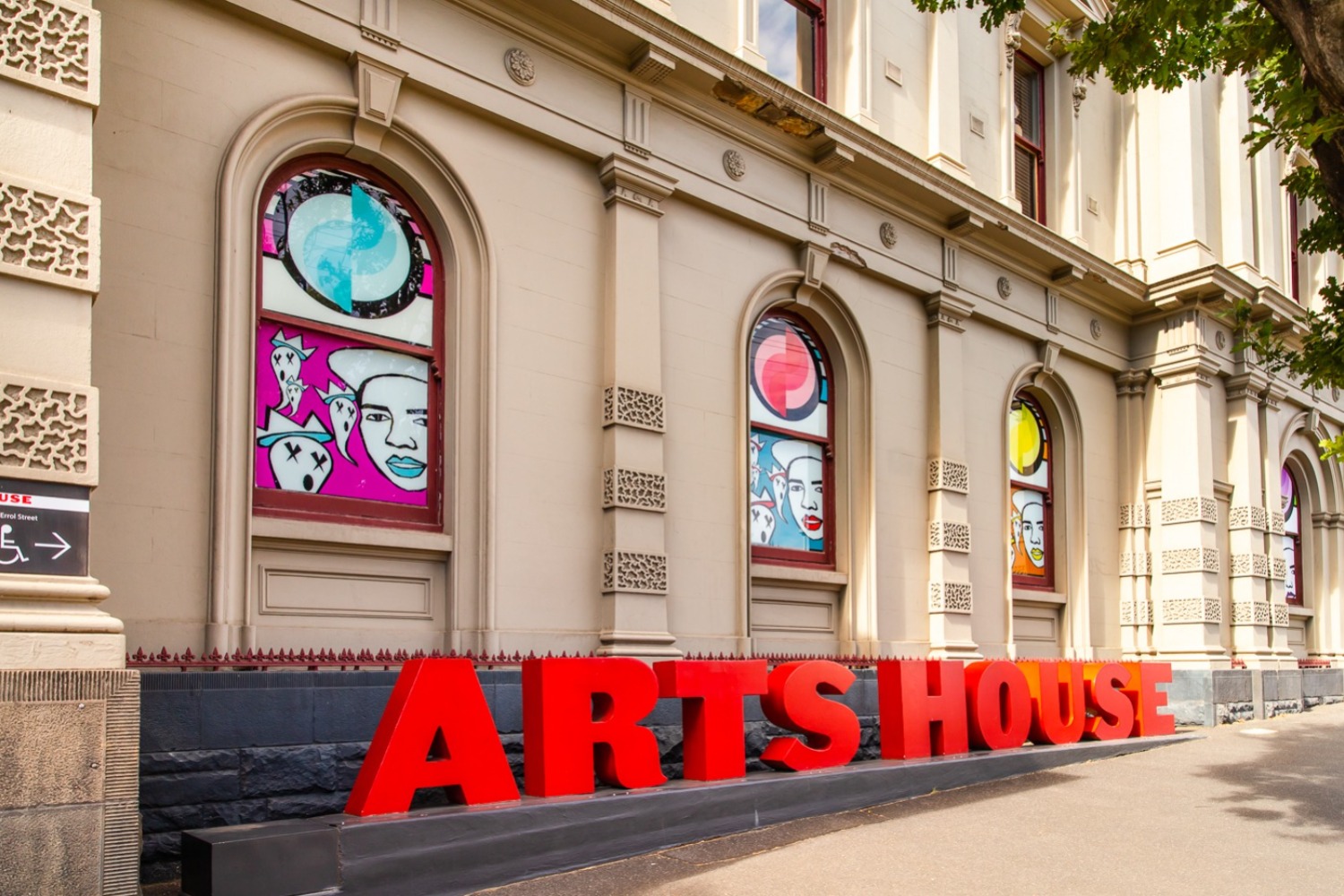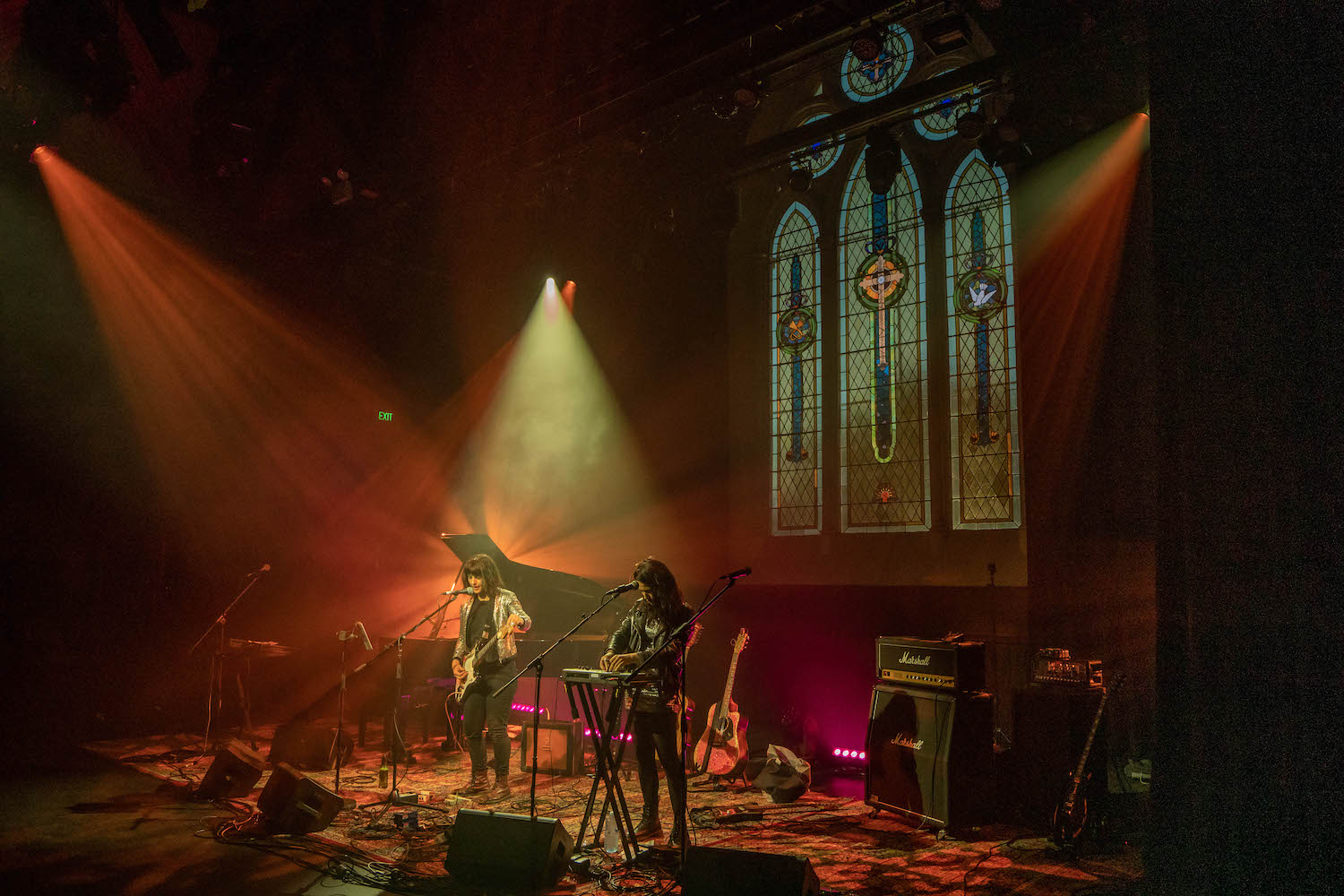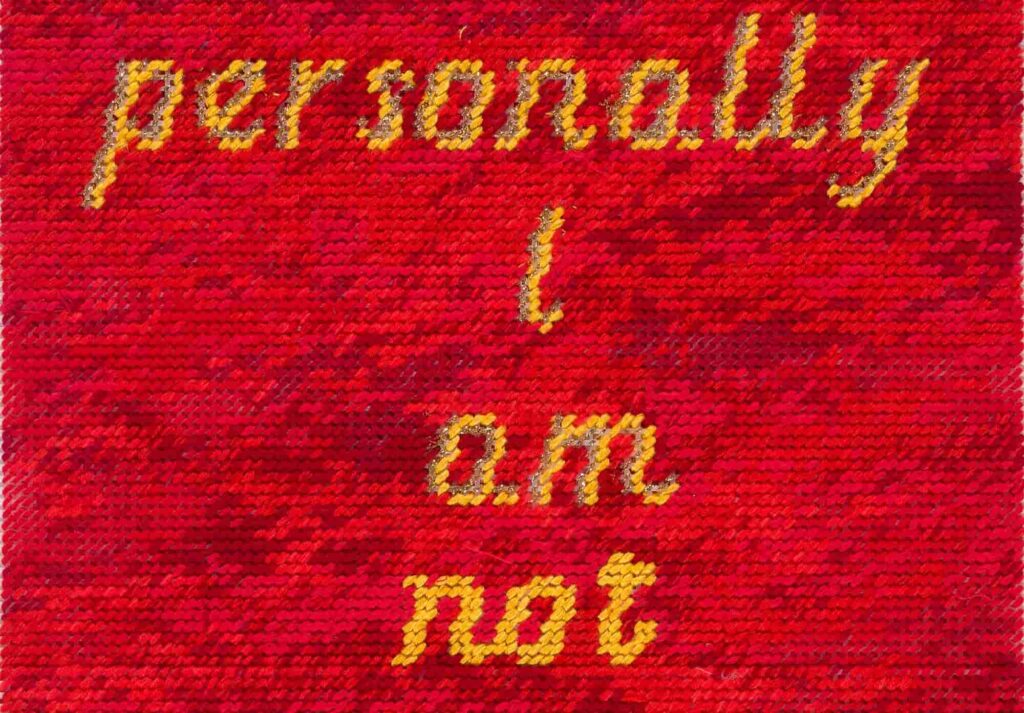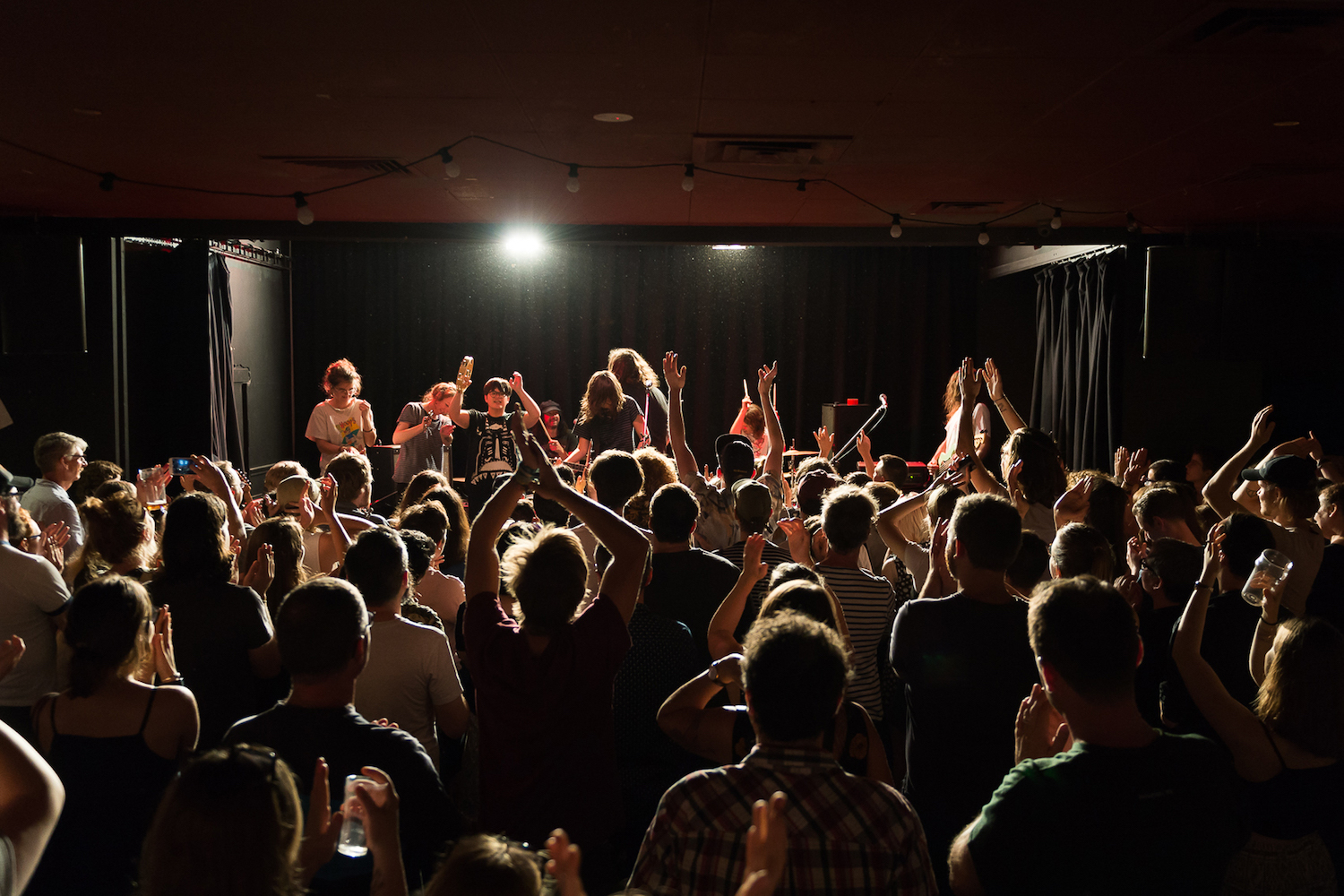New art inspired by learnings from often-forgotten African heroines.
And she was wearing trousers: a call to our heroines is a new exhibition exploring the hope, loss, love and determination of African heroines through a series of new commissions by artists from the African continent and African diaspora in Australia.
The exhibition at Arts House in the North Melbourne Town Hall features works of collage, installations, video art, music and typography. It is based on archives sourced from independent publishers, oral histories, government held archives and the internet.
The new works reflect on the often-forgotten heroines of Southern Africa, including Brenda Fassie, Dorothy Masuka, Krotoa, Thenjiwe Lesabe and Queen Lozikeyi.
Curators Roberta Joy Rich and Naomi Velaphi explain that these influential and equivocal African women are often labelled as contentious.
“This project brings together a series of conversations with seven amazing female artists focused on so-called contentious female figures from Southern African histories. They serve as entry points into understanding and reimagining black female experiences in the past and into the future,” said Rich and Velaphi.
Featuring a dynamic array of contributors with different practices, the exhibition includes new commissions and premieres from Kirsty Marillier, Rara Zulu, Tariro Mavondo, Nontsikelelo Mutiti, Jabu Nadia Newman, blk banaana and Sethembile Msezane.
Kirsty Marillier is a South African actor and playwright who lives in Sydney. She is presenting a video work, Slide into my Displacement, that reaches out to Princess Krotoa – it unpacks how South African women may feel within themselves as well as historical connections to Khoi-San identities.
Rara Zulu is a South African born and Melbourne-based vocalist and musician. Inspired by the song Nolishwa by Dorothy Masuka, Rara has created Noli, a multi-channel sound installation layered alongside dark electronica and polyrhythmic drum patterns.
Tariro Mavondo is a Melbourne-based performance maker. Her sound installation, Heroines Walk, features piercing spoken word inspired by a lineage of brave Zimbabwean heroines: Mbuya Nehanda, Thenjiwe Lesabe, Yvonne Vera and Queen Lozikeyi.
Nontsikelelo Mutiti is a Zimbabwean-born visual artist and educator who works in America and Europe. Her typographic work, Memeza, will take over the Arts House windows. It features a range of gestures of South African activist and musician, Brenda Fassie, taken from album covers, posters, music video stills and press photographs.
Jabu Nadia Newman is an award-winning photographer and videographer based in South Africa. Her video work, A Bed Time Story, is an ode to Krotoa, a translator who worked with officials during the founding of the Cape Colony – it imagines how she would view and exist in the world today.
South African multidisciplinary artist, blk banaana has created a video collage, As high as the stars so far unseen, dedicated to the hidden, but not silent, African women who were active in the struggle against Apartheid.
Based in Cape Town, Sethembile Msezane’s work is widely exhibited across South Africa and internationally. Her short film, ISIMO, recognises the adverse effects of colonialism that pervades and continues to haunt society.
Through a collaborative community workshop led by artist Roberta Joy Rich, eight Melbourne-based Afro-diaspora women contributed to an expansive four metre high by six metre wide textile print, inspired by African commemorative cloths and fabrics – it celebrates the strength and identity of African women.


.jpeg)

